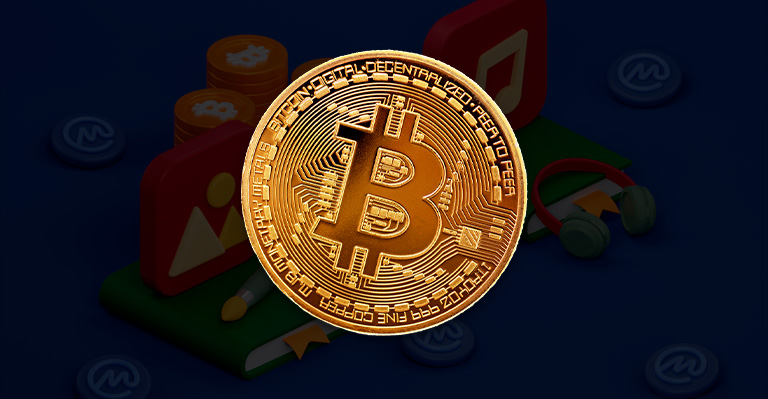Bitcoin (BTC) blockchain has been experiencing a positive shift following a surge in its prices. This upward price trend has brought Ordinals into the spotlight. Alongside this, the price increase has also drawn attention to Inscriptions. Bitcoin Ordinals are a new type of non-fungible token (NFT) that allows users to create and collect unique digital artifacts on the Bitcoin blockchain.
Inscriptions are a way of encoding arbitrary data into the Bitcoin transactions, using a special field called OP_RETURN. By using Inscriptions, users can attach digital content to a specific satoshi, which is the smallest unit of Bitcoin (one hundred millionth of a Bitcoin). Each satoshi can only have one inscription, making it unique and scarce.
Bitcoin Ordinals were created by Casey Rodarmor, a software engineer and artist, who wanted to explore the possibilities of using Bitcoin as a medium for digital art. He launched the project in April 2021, during a bear market, and since then, over 1.14 million Ordinals have been minted, covering a wide range of genres and styles.
Ordinals Have Become Increasingly Popular
Ordinals have gained popularity among Bitcoin enthusiasts, who see them as a way of expressing their creativity and supporting the Bitcoin network. By using Ordinals, users not only create digital artifacts but also contribute to the security and decentralization of the network, as they pay fees to the miners who process the transactions.

According to Galaxy Research, a data analytics firm, fees from Bitcoin Inscriptions exceeded 2,500 BTC on November 16, 2023, with over 80% tied to BRC-20 text Inscriptions, the most common type of Ordinals. In the first half of 2023, miners accumulated 8,684 BTC in fees, with Inscription transactions contributing 20%.
Cumulative fees generated from #Bitcoin inscriptions exceeded 2,500 BTC on Thursday, November 16. Over 80% of all fees paid on the network for inscriptions have been for BRC-20 type inscriptions, which are text-based inscriptions. pic.twitter.com/0eXkE9aq1C
— Galaxy Research (@glxyresearch) November 16, 2023
However, Ordinals also face some challenges and limitations. For one, they are not as widely adopted as other NFT platforms, such as Ethereum, Solana, or Polygon, which offer more features and functionalities. Moreover, Ordinals transactions can cause congestion in the Bitcoin mempool, as they take up space and compete with other transactions for confirmation.
Despite these drawbacks, Ordinals have shown that Bitcoin can still bring in new ideas and users, even when the market is unfavorable. Ordinals have demonstrated that Bitcoin is not only a store of value, but also a platform for innovation and experimentation. As Rodarmor puts it, “Ordinals are a game-changer in Bitcoin.”

